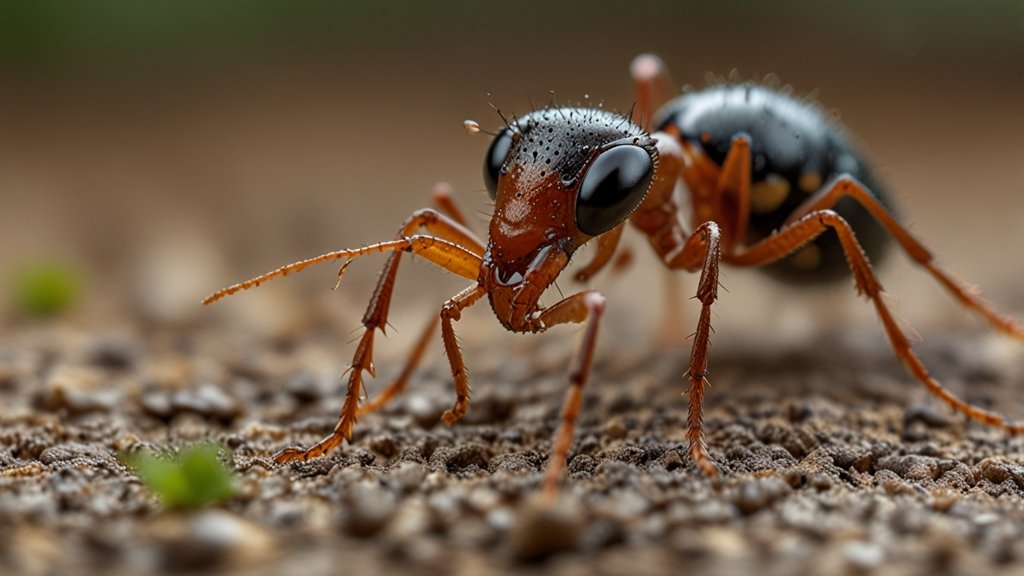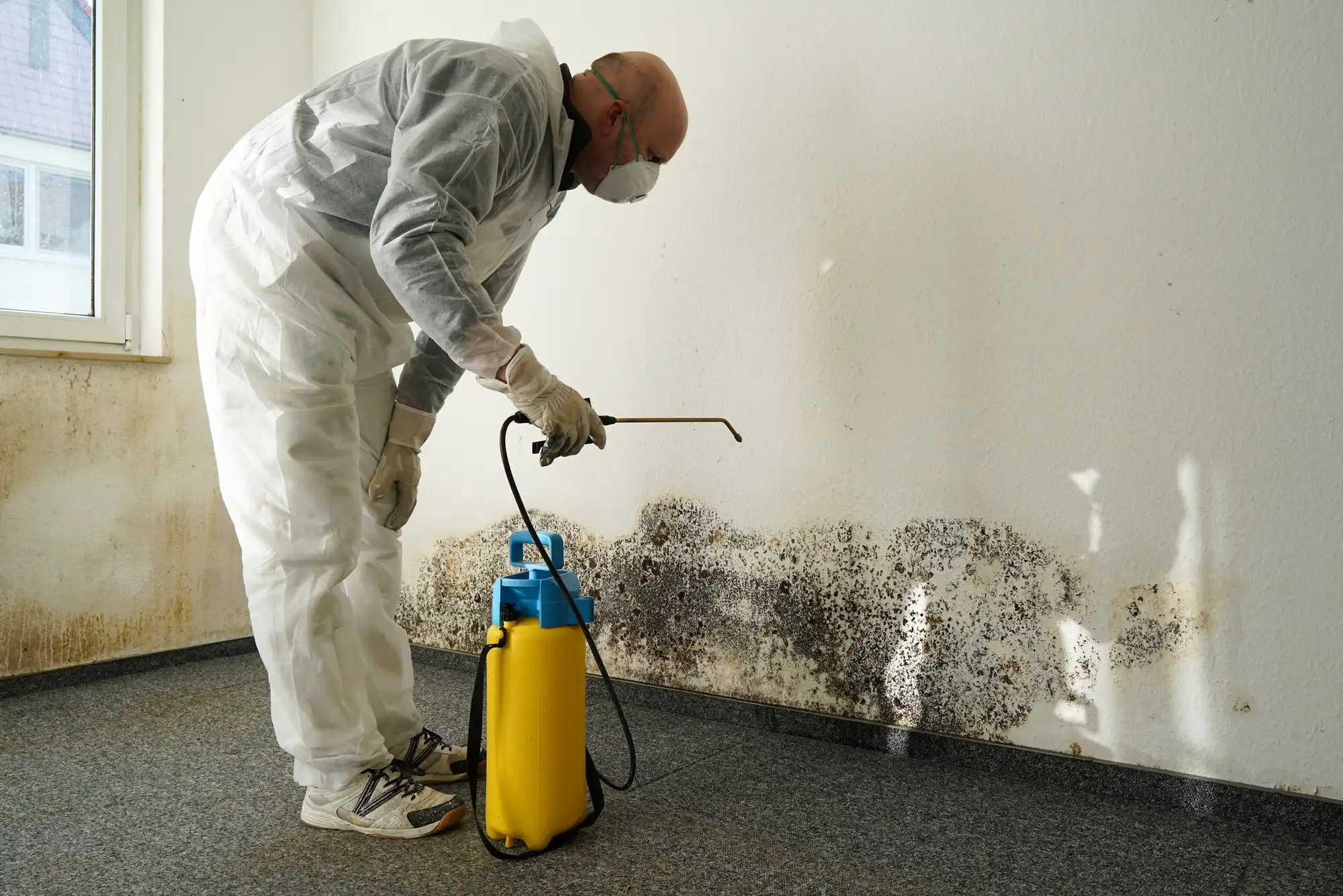Table of Contents
- Why Ants Invade Homes
- Common Attractants: What Draws Ants Indoors
- Easy Habits for Prevention
- Environmental Impact of Chemical Treatments
- How to Spot an Ant Infestation Early
- The Science of Ant Communication and Trail Formation
- When Natural Methods Aren’t Enough
Why Ants Invade Homes
Ants have a remarkable ability to survive and thrive in nearly every environment. Indoors, these tiny yet highly organized insects are fueled by their need for shelter, food, and water, which homes conveniently provide in abundance. When outdoor conditions become harsh, such as during heat waves or heavy rainfall, ants are even more likely to seek refuge indoors. It’s not just food they’re after; warmth, moisture, and hidden escape routes all contribute to making a home particularly inviting. These quirks of ant behavior are universal: whether in densely populated cities or quiet rural areas, the factors that drive ants inside remain surprisingly consistent.
In some cases, do-it-yourself approaches can be effective in combating occasional ant intrusions. However, when colonies persist, multiply, or repeatedly return, it’s wise to seek specialized solutions, such as professional ant control services. Such experts not only target the ants you see but also investigate and eliminate hidden nesting sites that DIY methods might miss, safeguarding your home against recurring infestations over time. By identifying the root causes of infestations, professionals can create tailored treatment plans that address both immediate problems and long-term prevention. This level of precision reduces the likelihood of future outbreaks and minimizes the need for repeated chemical treatments. Ultimately, a proactive and informed approach can keep your living space comfortable, clean, and ant-free throughout the year.
Common Attractants: What Draws Ants Indoors
- Food debris: Even seemingly insignificant crumbs or sticky spills will attract ant scouts within hours. Kitchens, under appliances, and areas where kids snack are prime targets for hungry ants scoping out new territory.
- Unsealed foods: Many foods, especially sugary cereals, candy, or pet kibble, are powerful magnets for ants if left in open packaging. Ants detect these temptations using sensitive antennae capable of picking up faint chemical cues.
- Standing water: Leaky faucets, damp sponges, and bathroom floors can attract ants seeking hydration, especially in hot or dry climates. Addressing even minor leaks can drastically reduce their interest in your home.
- Accessible entries: Ants can squeeze through cracks as narrow as a credit card. Windowsills, door gaps, foundation cracks, and vents are their highways into kitchens, bathrooms, and pantries.
Data shows homes with relaxed cleaning routines and multiple access points tend to notice more consistent ant issues. Something as innocuous as a small juice spill or an overnight piece of fruit can sustain a colony’s interest for weeks, highlighting the significant impact of daily habits on indoor pest populations.
Easy Habits for Prevention
Reducing the risk of an ant problem often comes down to maintaining consistent habits and exercising a bit of vigilance. Here are strategies proven to keep ants at bay:
- Wipe down every kitchen surface, tabletop, and stovetop after use to remove any food particles.
- Transfer pantry foods—such as sugar, flour, snacks, and pet kibble—into airtight glass or plastic containers with secure lids.
- Wash dirty dishes promptly and never leave pet bowls with uneaten food out overnight.
- Take out trash before it overflows and rinse out compost and recycling bins to eliminate residue that could attract ants.
- Check under sinks for leaks or pooled water, and manage moisture by ensuring good ventilation and making prompt repairs.
- Seal up common entry points along windowsills, door frames, and utility access holes with caulk or weatherstripping.
Research suggests that homes following even a few of these routines benefit from about a 50% drop in repeated ant sightings. It’s these small, thoughtful actions—done daily and consistently—that build an effective barrier against household pests.
Environmental Impact of Chemical Treatments
For decades, the knee-jerk response to ant invasions has been to reach for a chemical spray. Yet, modern science reveals that this approach carries risks that can outweigh the conveniences. Chemicals not only kill ants, but also linger on surfaces where children or pets may crawl. Runoff from pesticides can seep into groundwater, disrupting local ecosystems and threatening pollinators and beneficial insects. Many communities, in response, are pivoting to eco-friendly alternatives and stricter control over in-home chemical use. Choosing natural or integrated pest management approaches helps sustain local ecology, protect families, and ensure safer living conditions for everyone.
How to Spot an Ant Infestation Early
Watch for lone scout ants roaming countertops, near sinks, or along baseboards. These solitary explorers are often a precursor to larger invasions and signal that a colony is actively searching for resources in your home. Track recurring ant trails—organized lines of ants moving to and from a hidden food supply. Trails are often seen early in the morning or late at night. Check for fine piles of dirt, sawdust, or wood shavings along floors or walls. These small mounds may indicate nesting activity behind walls or inside cabinets. Inspect areas with high humidity, such as under sinks or around windows. If you see ants concentrated in a particular area, look for hidden leaks or water damage that may be attracting them. Catching an ant problem early is essential for effective and affordable control. Routine checks, especially during seasonal changes, keep infestations small and manageable. According to The Spruce, staying proactive with identification and targeted action can significantly reduce the chances of a significant infestation. If signs of infestation persist, consider using bait traps or professional-grade ant control products. Addressing both the ants you see and the colony behind the scenes is key to lasting results. Prevention, combined with consistent monitoring, will help you maintain an ant-free home environment.
The Science of Ant Communication and Trail Formation
Ants are social insects whose cooperation defines their success in nature, and sometimes, inside homes. They communicate and organize using pheromones, depositing chemical signals along surfaces as they travel. When a scout discovers a food reward, it leaves a potent trail that quickly draws dozens, or even hundreds, of colony mates along the exact route.
Cleaning paths and entry points with vinegar or citrus-based cleaners removes these scent trails, scrambling their communication networks. This disrupts the coordinated behavior that allows ants to exploit household food sources so effectively. As research continues, we are discovering new, eco-friendly ways to outsmart these tiny but brilliant navigators and make homes less appealing to their collective efforts.
When Natural Methods Aren’t Enough
Sometimes, even the best prevention and natural remedies fall short, especially when faced with large, stubborn colonies or hidden nests. Signs such as persistent activity despite repeated defenses, structural damage to wood, or recurring infestations year after year may indicate it’s time for expert help.
In these instances, professionals offering professional ant control services can customize solutions that address the root cause of the problem, not just the visible symptoms. Utilizing a combination of targeted treatments and advanced technology, they minimize environmental impact while keeping homes and businesses ant-free for the long term. Combining these professional insights with healthy routines and natural methods delivers the best of both worlds—a pest-free, safe, and harmonious home.
YOU MAY ALSO LIKE: What Every Property Owner Should Know About Effective Home Termite Control











